Beneath the Bodhi Tree
Wangmo Dixey reflects on twenty years of chanting in Buddhism’s birthplace. The post Beneath the Bodhi Tree appeared first on Tricycle: The Buddhist Review.
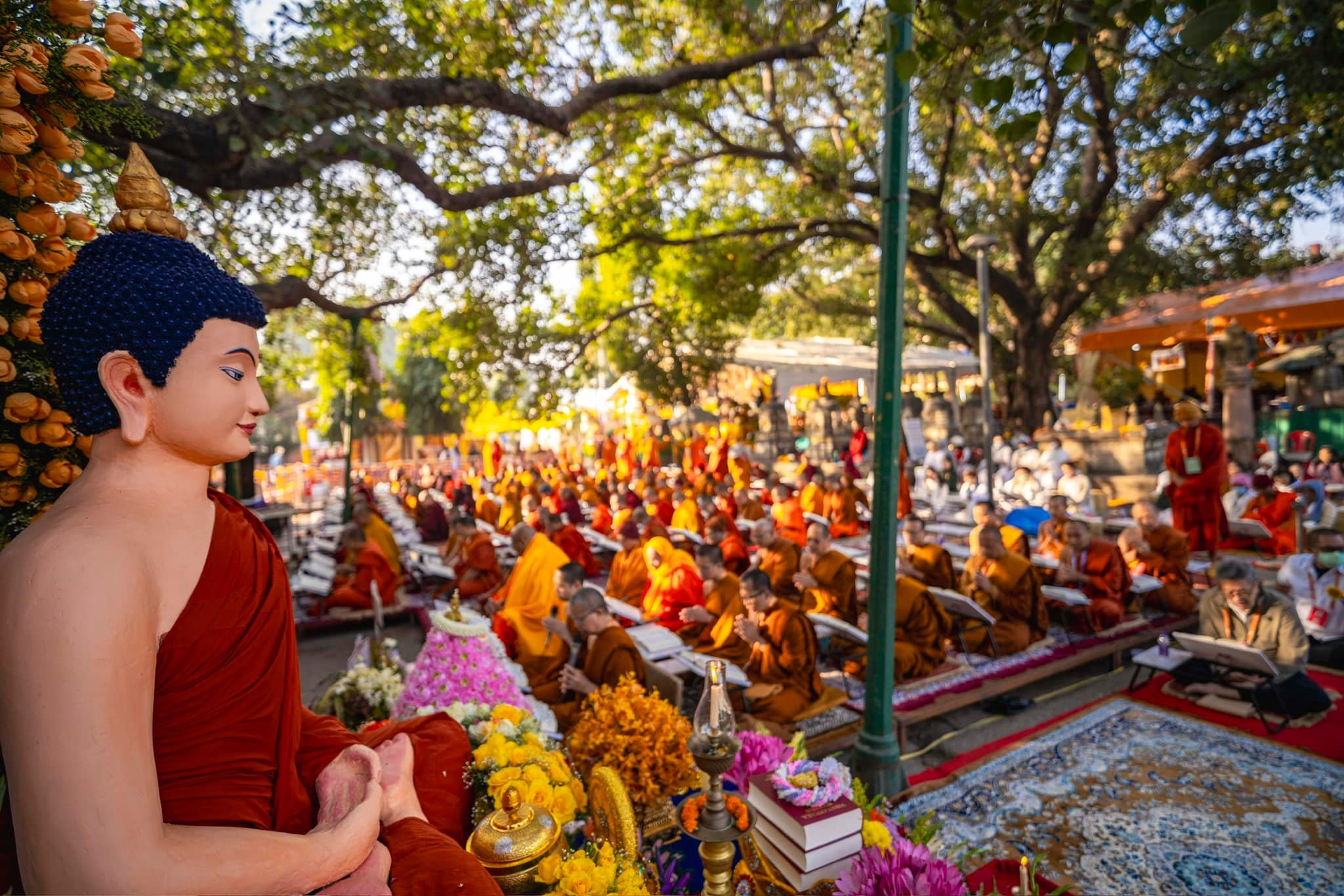
Wangmo Dixey, 56, speaks with a singsong lilt and wears a subdued smile. Since 2005, she’s served as executive director of the Light of Buddhadharma Foundation International, an organization that hopes to revitalize Buddhist teachings in India, the birthplace of the Buddha.
“Our message is simple,” she muses in a recent promotional video. “Together, we can. In a world shaken by uncertainty, we believe in the unifying power of prayer to bring the sacred human family together—through loving-kindness and wisdom.”
It’s a family affair. The Berkeley-based nonprofit was founded by Dixey’s father, Tarthang Tulku Rinpoche, a teacher and lama known for bringing the Nyingma tradition of Tibetan Buddhism to the United States. Richard, Dixey’s husband, works as associate director.
Together, the group coordinates pilgrimages to historic Buddhist sites and orchestrates large-scale events. One such gathering is the International Tipitaka Chanting Program—named for the “three baskets” of the Buddhist canon: sermons, monastic law, and metaphysics.
From December 2 to December 12, international monastics will convene beneath the Bodhi tree in Bodhgaya, the site where Siddhartha Gautama, later known as the Buddha, became enlightened—sometime between 563 and 483 BCE. This year, the foundation expects to receive around 20,000 monks and nuns; for ten days, they will sit beneath the tree and chant in unison from the Pali canon.
Talking with Tricycle with six months of planning still ahead of her, Dixey reflected on the ceremony’s history, her organization’s work in India, and what’s in store for this year.
 Wangmo Dixey carries a ceremonial scarf at the International Tipitaka Chanting Ceremony. | Image via Wangmo Dixey.
Wangmo Dixey carries a ceremonial scarf at the International Tipitaka Chanting Ceremony. | Image via Wangmo Dixey.This year marks the twenty-year anniversary of the International Tipitaka Chanting Ceremony. Were you present at that first ceremony in 2005? Yeah, I’ve been present from the beginning to now. I’m kind of the central person—without it being, you know, egotistical—but I’m sort of at the heart of it and the inspiration. And that seed of inspiration came forward from my father and his support in the early years. Now, there are so many people who want to join and add merit to this function.
Why is Bodhgaya, as a location, symbolically relevant for the event? Bodhgaya is the seat of enlightenment. It is the most important place for Buddhists. Every Buddha going forward will be enlightened there. There’s a spiritual charge there. When we are gathered under the Bodhi tree, there’s something that’s so unifying. You can be from America to Thailand to Cambodia, and suddenly all of that gets dissolved, and we’re really looking at the human condition, at humanity collectively, sitting under the Bodhi tree, remembering what the Buddha taught. What did he understand on the eve of his enlightenment, right?
Can you identify a favorite or particularly moving moment over the years? In the [ceremony’s] early years, you had a tent for Thai people, a tent for Burmese, a tent for Vietnamese, for Cambodians. They would each have their own micro-sound system, and they would be reciting at the same time. This was the early years of our getting together and collectively banding and saying, ‘Yes, we can do this together.’ Pali is a transliteration. It’s the spoken word of the Buddha. But how it’s chanted in Cambodia is different from how it sounds in Thai, so for many years we accepted that each person would have [their] own sound system. But we decided kind of around the ninth year that it would be better to have one sound, one voice. That was a very big move: to basically have—in the ten days—one country lead and all of us follow. After a couple of years of applying that new method, I was sitting under the Bodhi tree, and the sound just became one, and the oneness became a direction seated in front of the Bodhi tree. It was like this experience of everything coming as one, you know? I think that in itself speaks to us collectively with our intentions and our faith in the Buddha. That was a very moving experience—to see all these people in [this] collective space as just one sound.
The Light of Buddhadharma Foundation talks about “revitalizing” Buddhism in its homeland of India—what does that actually mean in practice and on the ground? In my yatra, which is now going to be open to the general public, it’s literally walking to the places where the Buddha spent his time, or where his early disciples basically spent their lives in practice. When you go to these physical structures—the stupas that are still intact, broken, surely; statues that are broken; ashoka pillars that are there, some that are broken—and you see the Buddhist landscape, you realize that India was a Buddhist country, and we’ve forgotten that. Our mission is, in a way, to awaken that. To revive these places so that there is a spiritual impetus for people to come back to these places and take a historical guide, to put the pieces together. There’s nothing like going there and physically feeling the ground. Literally getting off a bus and seeing Shravasti, where he spent more than twenty rains retreats. Imagine! It doesn’t take much thinking, because, in a way, that landscape hasn’t changed much. You still see those cow herders. You still see those grassy fields. The potato farmers that he talks about. In some ways, these places have been kept really preserved—preservation by neglect. These places haven’t been built up. Our job is to awaken these places so that monks go there, nuns go there, and lay pilgrims—and not only to the major sites.
How do you engage with Indian lay communities, especially in areas where Buddhism may have thrived many years ago but is no longer prominent? The work begins to basically connect in a stronger way with these Buddhist communities, and the hope is to offer them a Buddha statue, bring them Buddhist chanting books, and, ultimately, to bring trained Indian Buddhist monks to these places. So many of these places are villages; they hardly have even a Buddha statue. But they have some faith, they have some knowledge of their past. Buddhist traces are there throughout India. Those areas are small communities—whether they’re villages, even urban cities, but what’s lacking is trained Buddhist monks who can speak in their dialect.
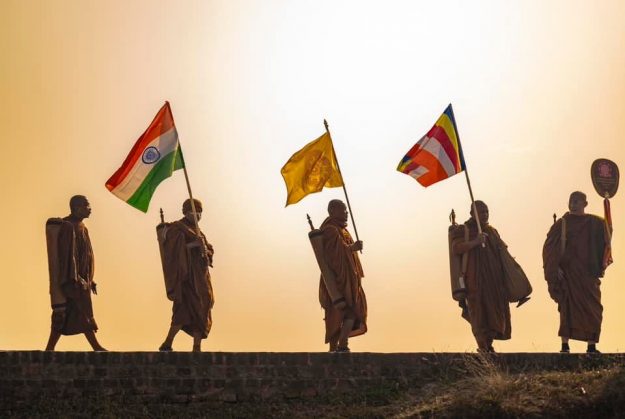 Monks carry flags at the International Tipitaka Chanting Ceremony. | Image via Wangmo Dixey.
Monks carry flags at the International Tipitaka Chanting Ceremony. | Image via Wangmo Dixey.Has there been any pushback from local communities in India about the ceremony or to your organization’s revitalization efforts? None whatsoever. I think because we have an attitude of really working with all, and, you know, we’re an enabler. We’re supporting them. We want them to take it forward, for them to understand and discover and uncover their treasures. In a way, I think we’ve just received so much—if anything—just overwhelming gratitude [and] appreciation. We’re able to glue the different organizations together.
How do you decide which sutras to chant each year? Does the setlist (for lack of a better term) remain steady year after year? Do you pick up where you left off from the previous ceremony? It actually is in chronological order. We open the book with the Digha Nikāya, which is the first chapter of the sutras, and we have carried that forward until today. Our goal is to finish the entire Pali canon in our lifetime. So in terms of a timeline and chronology, we probably have anywhere between twenty and twenty-five years left.
What is the most challenging part about putting on an event like this? Are you nervous about anything logistically? Yeah. I mean, if we have 20,000 people, how are we going to get 20,000 meals on time? And financial sponsorship. It’s expensive to feed that many people, to do the decorations . . . we’re still lacking a good chunk of the sponsorship. But somehow, it happens. Somebody comes forward and says, “This really means something to me, and I’d love to be part of it.” We don’t have an endowment. We don’t have a revolving account. [Laughs.] So we all chip in.
To clarify, the ceremony is eleven days this year, but in the past it’s been only ten days? It’s ten days, but we have one day at the end that is a walk we take from Jethian Valley, which brings close to 1,200 people walking for fourteen kilometers from Jethian Valley to the Bamboo Grove. We do this big walk—and it’s so beautiful. We spend five hours walking at our own pace through this valley, and that concludes the eleven-day program.
What time do you typically arrive at the valley? We start at nine in the morning and we finish around seven in the evening.
So is the sun setting right as you arrive? Yes! Yes.
This interview has been edited for clarity and concision.
You can learn more about the 20th International Pali Tipitaka Program here.

 KickT
KickT 









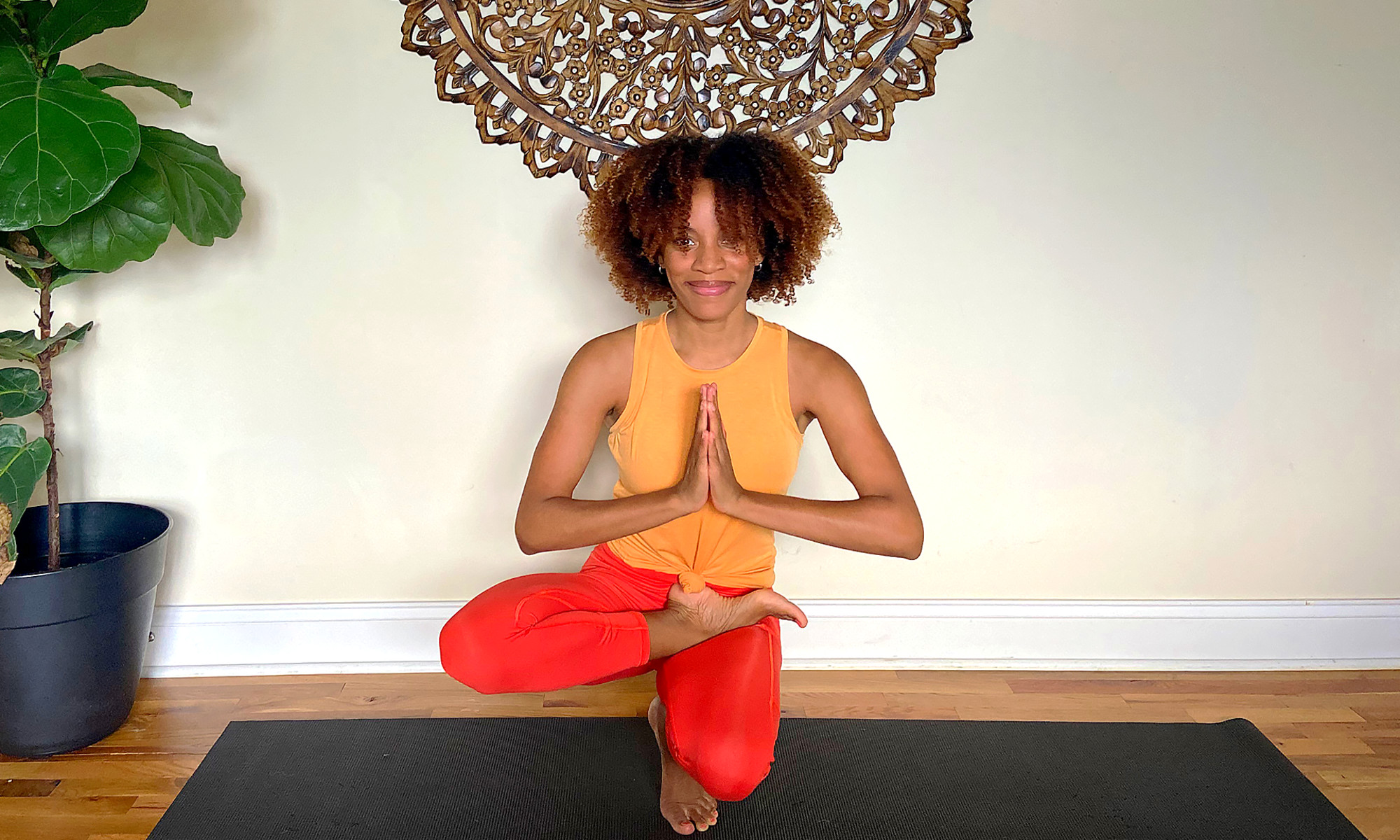

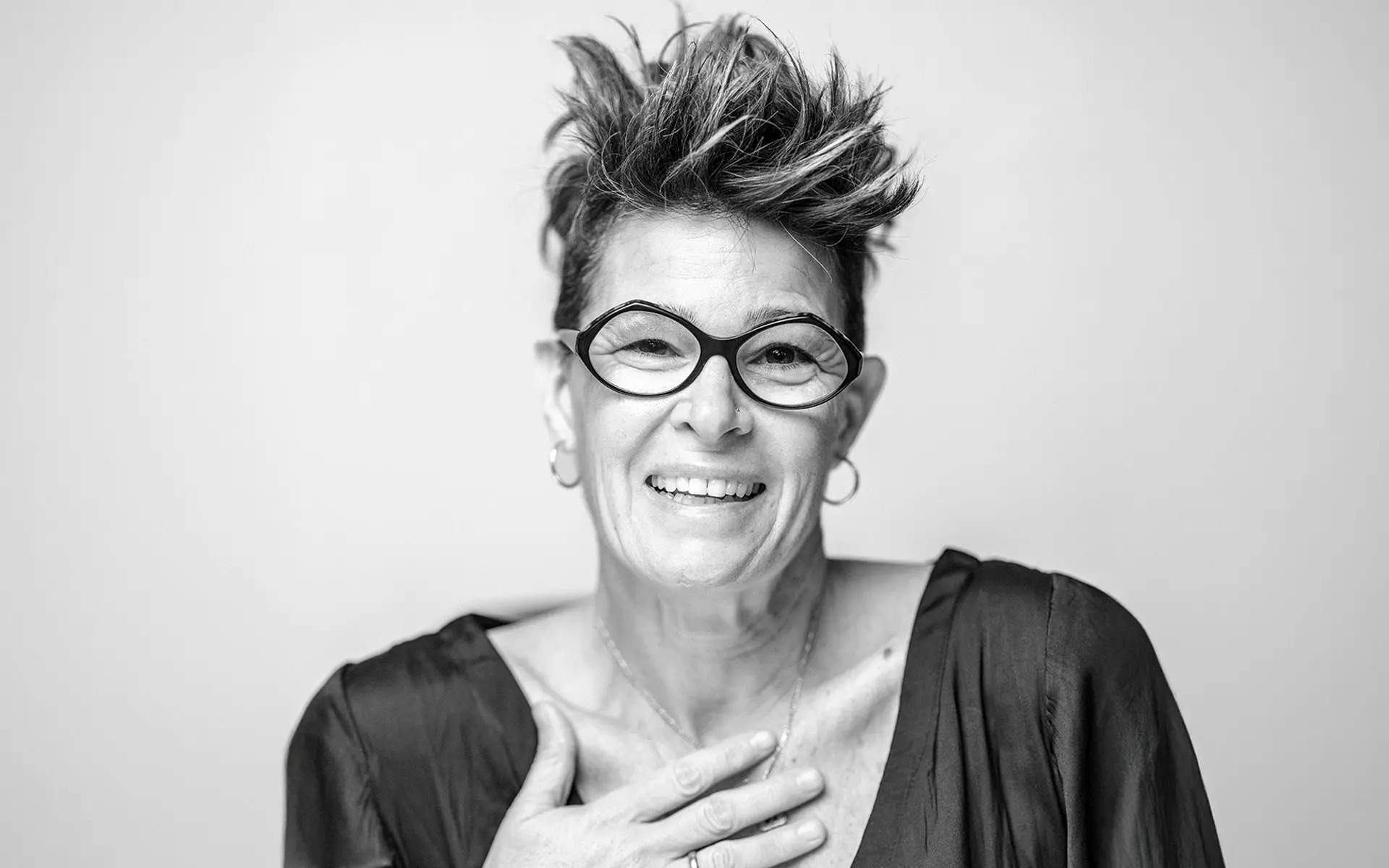






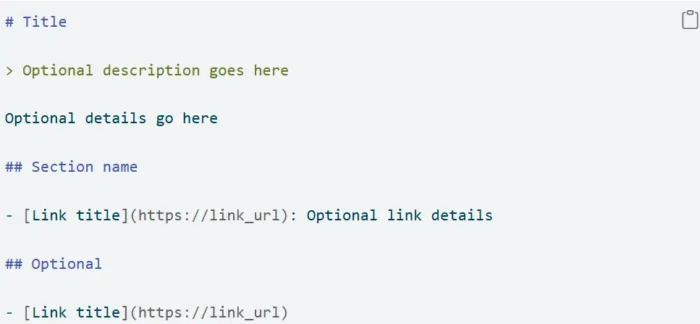

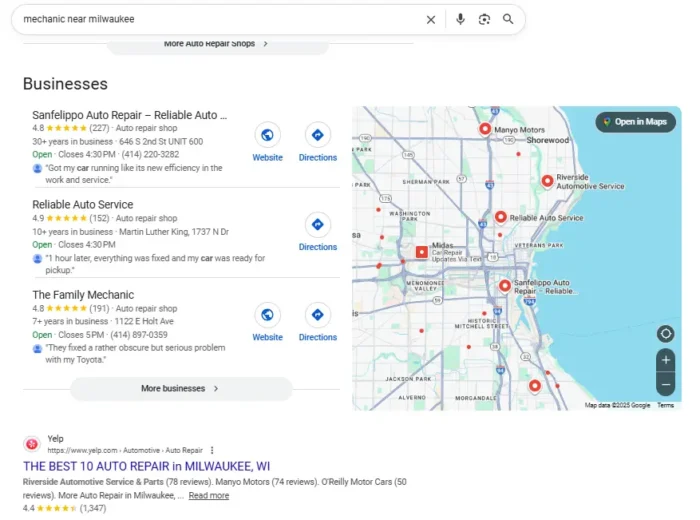






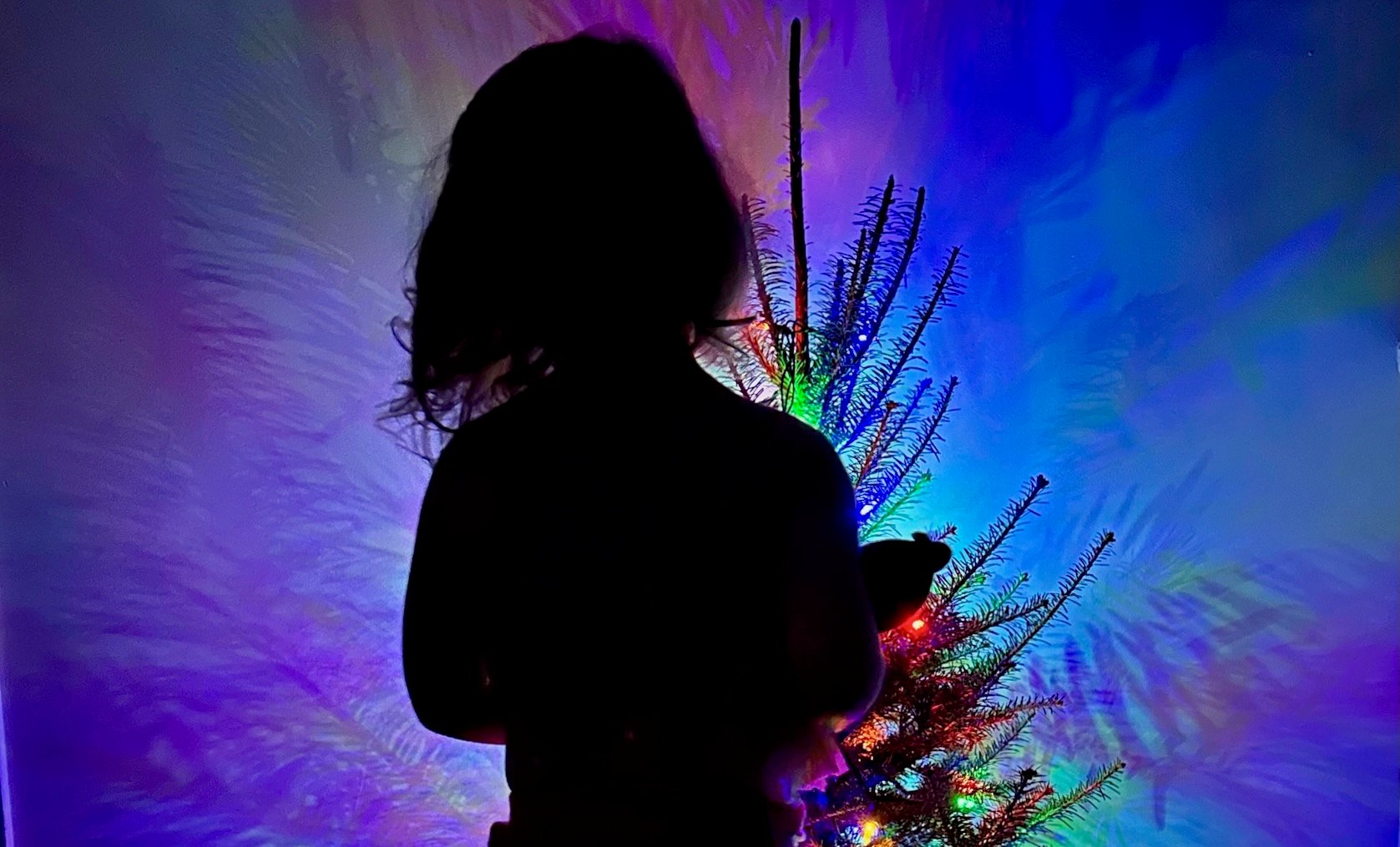


![Which Artists Are Most Referenced in AI Prompts [Infographic]](https://imgproxy.divecdn.com/BzmpaYw7U5iwprg2OKRl430JDgft_x_e3knyzXOE-2k/g:ce/rs:fit:770:435/Z3M6Ly9kaXZlc2l0ZS1zdG9yYWdlL2RpdmVpbWFnZS9haV9hcnRpc3RzMi5wbmc=.webp)

